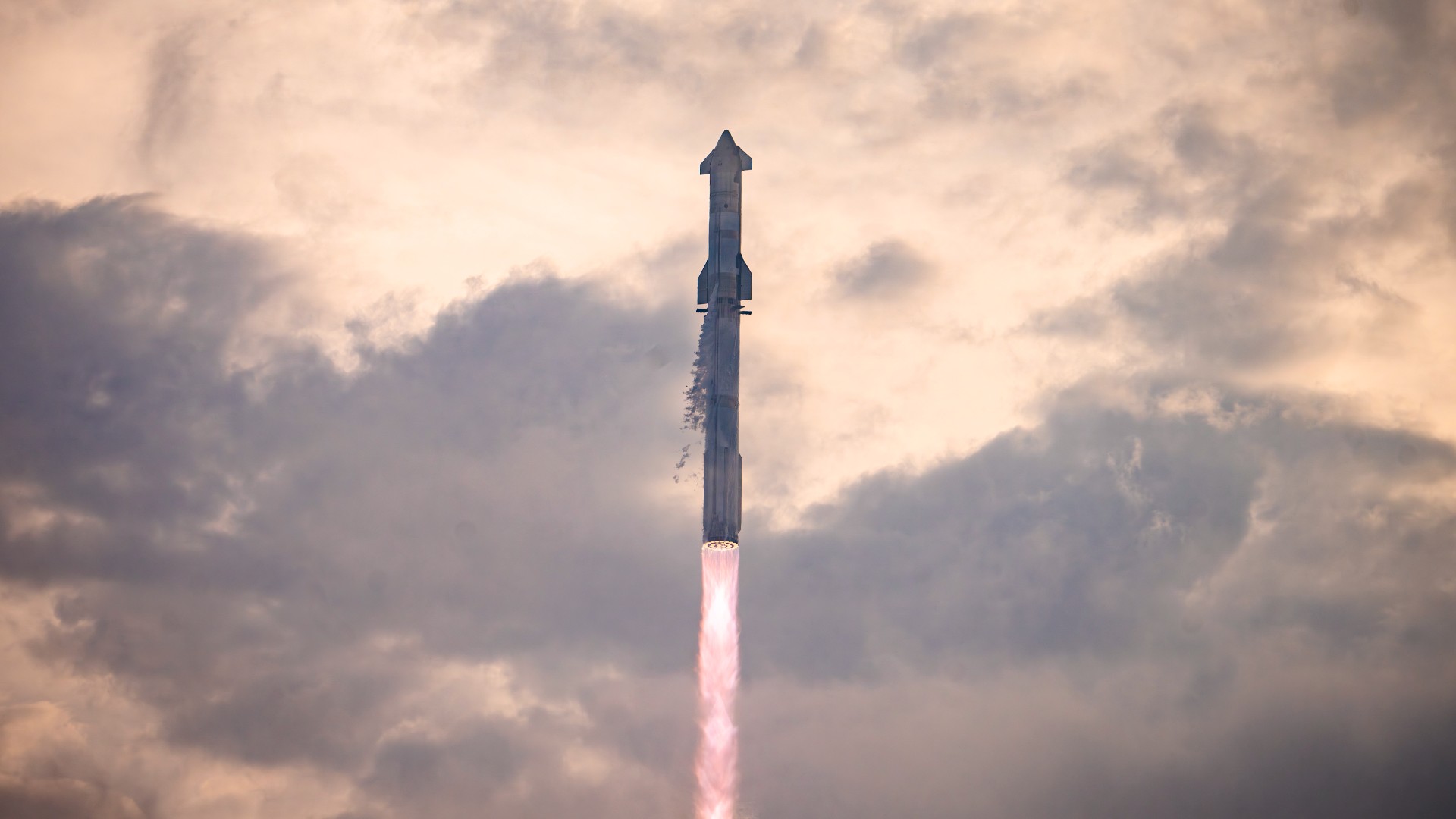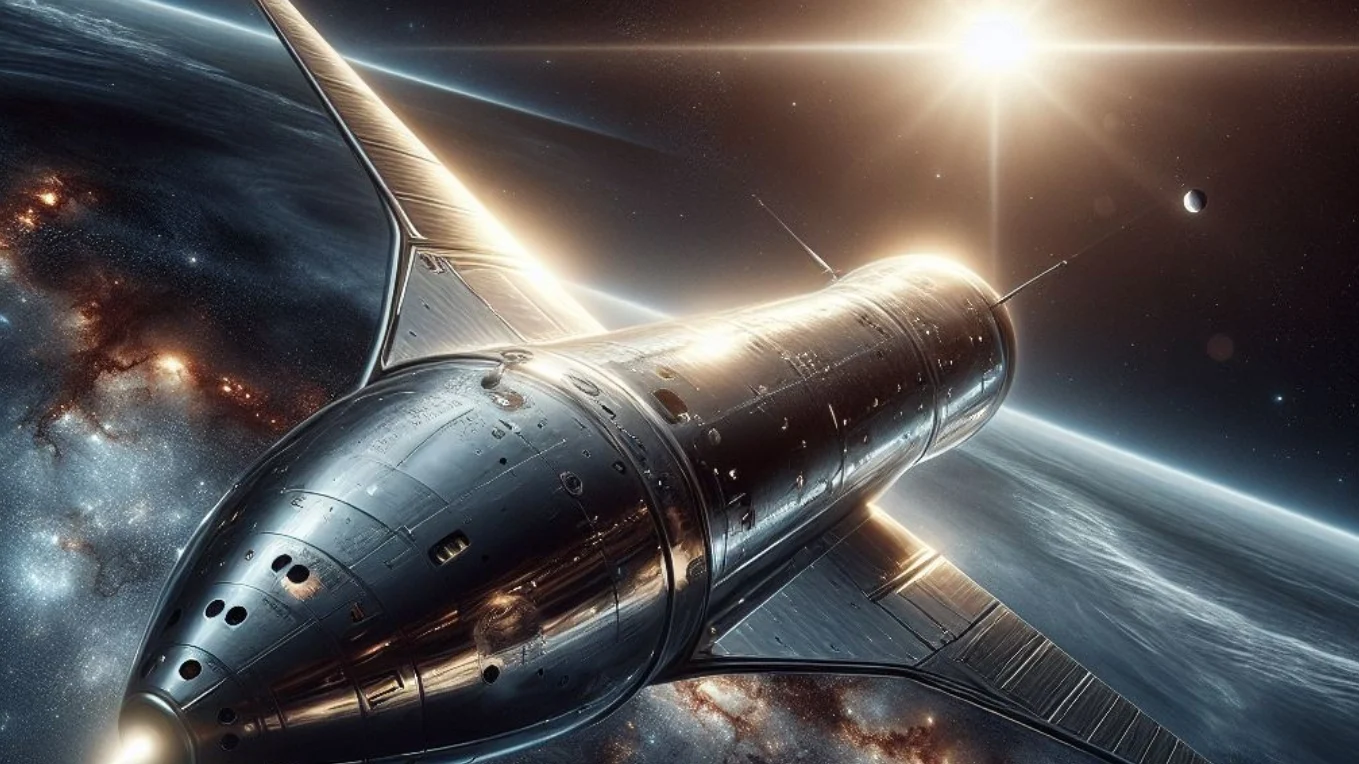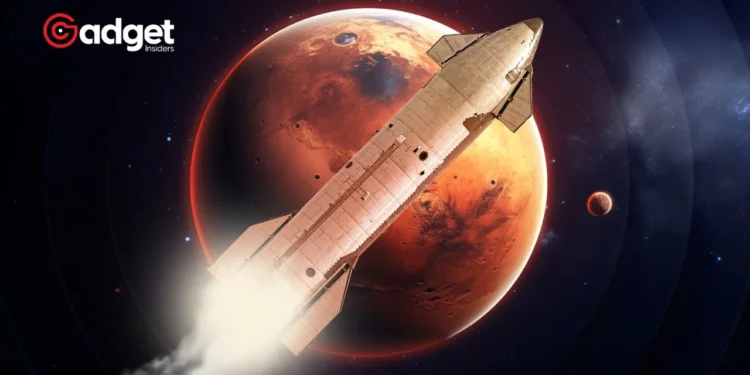In the heart of Texas, on a launchpad that looks like it’s straight out of a sci-fi novel, SpaceX’s Starship, the brainchild of Elon Musk, embarked on its most ambitious journey yet. The launch from Boca Chica, near Brownsville, marks a pivotal moment in space exploration, hinting at a future where interstellar travel isn’t just possible but imminent. Musk, SpaceX’s visionary CEO, announced that a future, more advanced version of the Starship would venture into interstellar space, aiming to explore beyond our solar system.
This revelation comes on the heels of the third Starship launch, which, despite not surviving reentry, achieved significant milestones, showcasing the immense potential of the space brand’s engineering marvel.

Elon Musk’s Vision Beyond the Stars
Elon Musk’s proclamation on X sheds light on an ambitious blueprint for humanity’s future in space. “This Starship is designed to traverse our entire solar system and beyond to the cloud of objects surrounding us.
A future Starship, much larger and more advanced, will travel to other star systems,” Musk revealed. This audacious goal positions SpaceX at the forefront of interstellar exploration, a domain previously only brushed by NASA’s Voyager and Pioneer spacecraft.
The Starship’s recent test launch exceeded expectations, demonstrating the spacecraft’s capabilities by reaching an intended orbital path. This success is underscored by the resilience of the Starship and its Super Heavy booster rocket, the largest and most powerful rocket ever constructed, which has seen its share of challenges in earlier tests.
SpaceX's Starship will go interstellar someday, Elon Musk says https://t.co/yFdBKAIURU pic.twitter.com/OV3zF3nmOA
— SPACE.com (@SPACEdotcom) March 18, 2024
Revolutionizing Space Travel
Musk’s Starship represents the zenith of next-generation rocket systems, designed with the lofty goals of human orbit, lunar missions, and beyond. Its role in NASA’s Artemis 3 mission, as a “human landing system,” underscores its critical importance in future lunar explorations.
The contrast between SpaceX’s rapid, iterative testing approach and the more cautious, regulatory-heavy methods of traditional space agencies like NASA and ISRO is stark. The space company’s strategy, emblematic of its “fail fast” startup culture, emphasizes learning from each failure to hasten the development of reliable space travel.

The Future is Now
The narrative of SpaceX and its Starship project is more than a tale of technological triumph; it’s a testament to human ambition and the relentless pursuit of the unknown. As the company gears up for more launches, the space community watches with bated breath, anticipating the breakthroughs that lie ahead.
With Starship, SpaceX is not just launching rockets; it’s launching dreams into the cosmos, paving the way for a future where the stars are not just points of light in the night sky but destinations.
As we stand on the brink of a new era in space exploration, SpaceX’s Starship beckons us to imagine a future where interstellar travel is a reality, bringing us closer to answering the age-old question: What lies beyond the stars?










